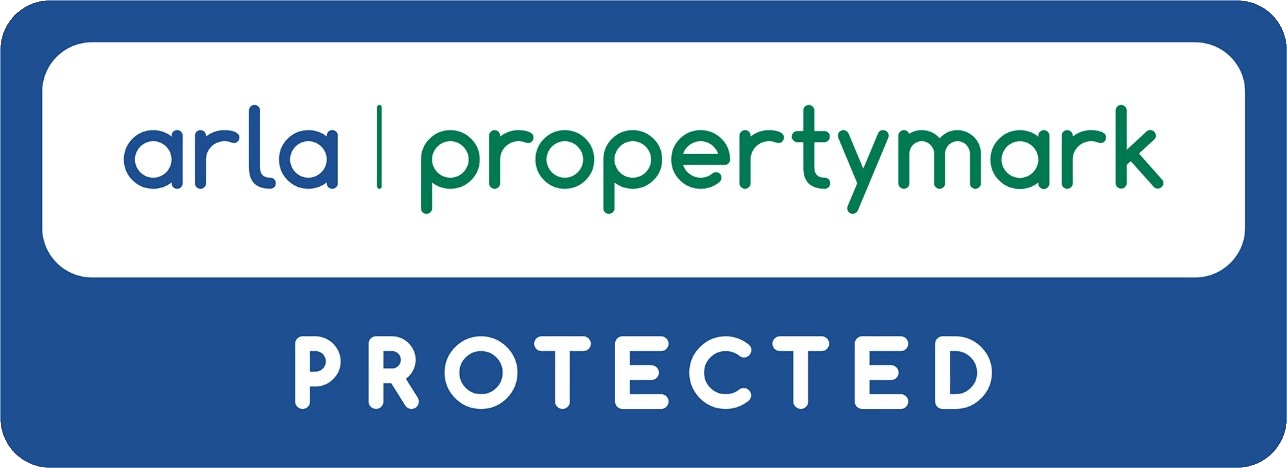This guidance is to help you control condensation and the associated condensation mould in your property. The majority of calls that we receive regarding “damp” and “mould” are simple condensation issues that are being caused by the manner in which the property is being used. For the most part these issues are resolved with a few simple steps. Of course, if you feel there to be a genuine problem with the property such as an ongoing leak, we ask that you call the office to discuss in the first instance.
What Is Condensation?
There is always moisture in the air no matter what the time of year and the weather. Take a shower and the moisture you see on a window or mirror is condensation. The moisture sometimes seen on a bedroom window when you wake is condensation and when you consider that a single adult will breathe out around two litres of moisture per day it is not surprising that this can sometimes cause issues. When you dry clothing inside the property or when you cook (especially with boiling or frying) moisture is created too.
Regardless of where the moisture comes from it will seek out cold spots in the property to collect and eventually mould will grow on this – this is why mould growth tends to occur around windows and on ceilings. Before the development of uPVC glazing and modern insulation properties used to “breathe” easily so this was less of a problem, with most properties now having modern window and insulation installations, a property needs the occupant to help it “breathe”.
What Can You Do?
As a tenant you have a responsibility to take steps to keep your property free of condensation. The main point is to strike a balance between ventilating and heating the property. Most of the time this is very simple with the following being the main cause of problems:
- Drying clothing inside the property.
- Not using your heating system to properly heat the property.
- Not using extractor fan/unit at all times in the proper manner.
- Over-filling rooms and cupboard and placing furniture tight against walls.
- Not ventilating the property.
Drying Clothing
If you must dry clothing inside, then please invest in an airer. Do not leave clothing on a radiator to dry. Heated airers are also available and cost very little to run. However you are drying clothing inside ensure that you open a window in the room and leave the airer away from the heating source as this will allow air to circulate and moisture to leave the room easier. As counter-intuitive as it sounds, the clothing will dry better with the window open even if it is cold outside.
Heating System
Ensure that you are correctly operating your heating system – for example turning the unit off/on rather than using settings is much less-efficient than simply leaving the heating on a lower setting. Most operational guides can be found online, sometimes with video tutorials but please call the office if you are struggling to understand how to operate your heating. General recommendations are for the property to be heated at around 18/20°C and if you are away for long periods to keep the heating at around 12°C.
Extractor Fans/Units
Ensure that these are always on when showering or bathing and when cooking. Do not be tempted to turn off bathroom extractor(s) to prevent noise at night. Kitchens and bathrooms tend to be the biggest source of moisture in a property so correctly ventilating these rooms is very important. It is also recommended that you close the door to the room when bathing/cooking. If a fan is not working please let the office know immediately.
Furniture / Cupboards
It is important that air is allowed to flow around your property. Avoid over-filling wardrobes and cupboards and allow a couple of inches between furniture and walls, especially external walls in bedrooms.
Wipe and Ventilate
Do not leave moisture on windows, it will allow mould to form. Using the bedroom as an example, when you wake please wipe over the window with a clean cloth and open the window to allow air to circulate in the room. It is easier to heat a property with dry air rather than moisture-rich air regardless of the time of year so open a window even if it is cold outside.
If you do find patches of mould growth please wipe these down with a mould/mildew cleaning product – these are readily available in most supermarkets. Please ensure that you follow the instructions on the bottle.
Other Issues
Occasionally issues such as roof or pipe leaks or rising damp can cause condensation and mould issues in a property. These matters would be for your landlord to resolve. It is vital that you notify the office of such issues as soon as you notice them to avoid further damage occurring. Do not be tempted to wait on your property inspection to point something like this out – let the office decide if the problem can wait on someone viewing it or if more-urgent attention is required. Thank you.













_1674145335.jpg)




